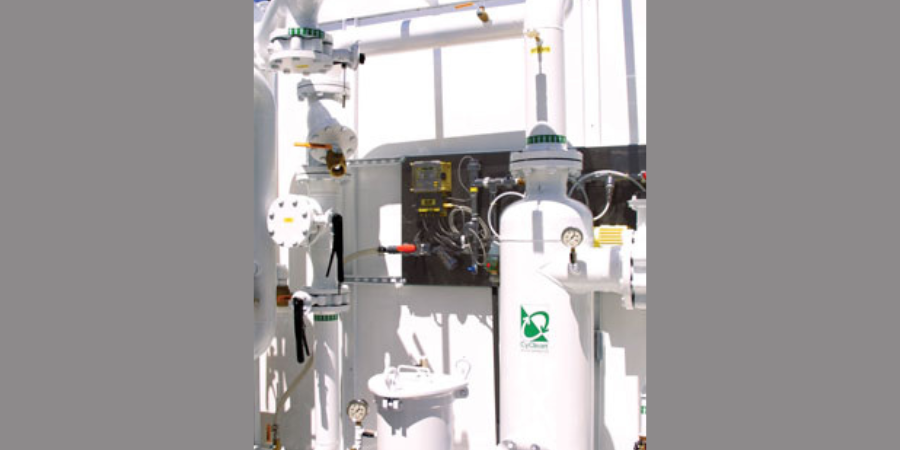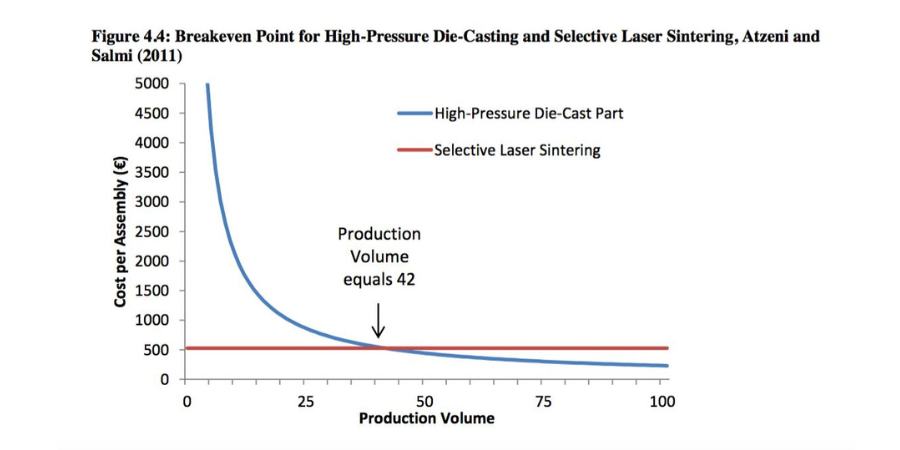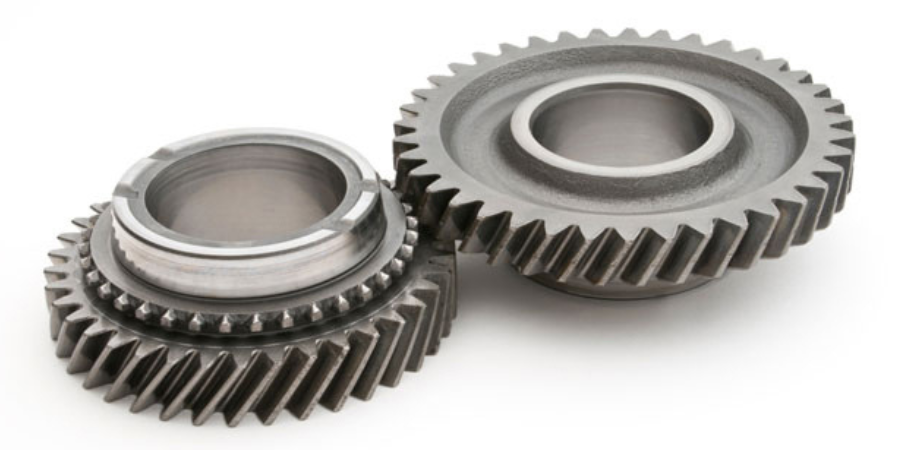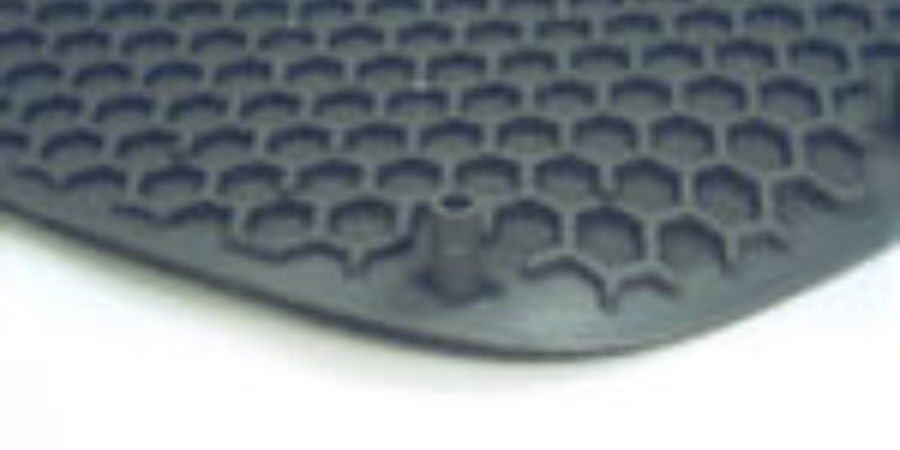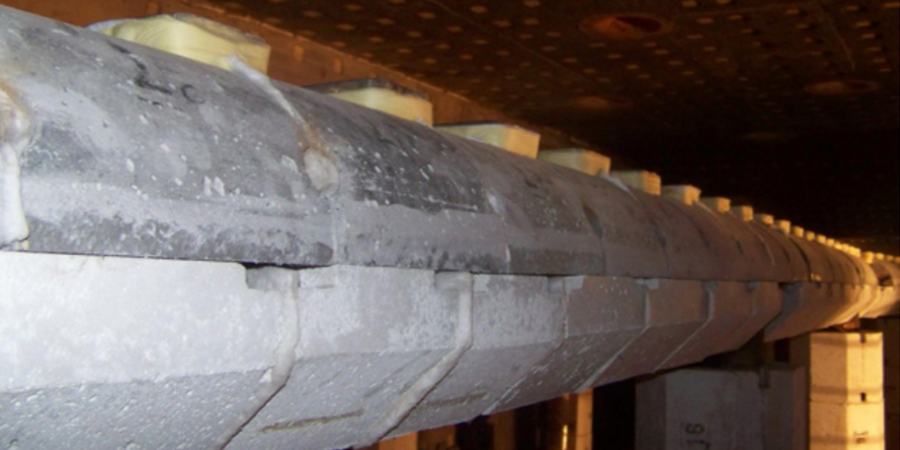Steel Dynamics, Inc. (NASDAQ-GS: STLD) today announced that it has entered into a definitive agreement to acquire 100% of Vulcan Threaded Products, Inc. (“Vulcan”). Established in 1978, Vulcan is based outside of Birmingham, Alabama and is the nation’s largest manufacturer and supplier of threaded rod products, and also produces cold drawn and heat treated bar. Steel Dynamics plans to purchase Vulcan for $126 million, inclusive of $42 million in working capital, which is subject to typical post-closing adjustments. The purchase price will be paid in cash from available funds. The transaction is expected to be immediately accretive to 2016 earnings and cash flow per share.
“During 2015, we identified the pursuit of higher-margin downstream business opportunities that utilize our steel products in their manufacturing processes, as one of our target growth objectives,” stated Mark D. Millett, President and Chief Executive Officer. “A strategy intended to reduce volatility during both strong and weak market cycles, given steel raw material supply optionality. During weak steel demand environments these businesses could purchase steel internally from our own mills, thus increasing SDI’s steel mill utilization. As a consumer of special-bar-quality products currently produced at our Engineered Bar Products Division, Vulcan depicts this model perfectly and fits well within our core operating strengths.”
Vulcan has a diversified product line, evenly distributed amongst threaded steel rod, cold finished bar processing and heat treated bar. It shipped approximately 89,000 tons of these products during the trailing twelve month period ended March 31, 2016. Historically Vulcan has purchased nearly 20,000 tons of steel from the company’s Engineered Bar Products Division (“EBD”). Based on capabilities, Steel Dynamics believes this internal volume could grow in the near term to between 30,000 and 50,000 tons, or just under ten percent of EBD’s total 2015 shipments.
“Vulcan has been a valued customer of our Engineered Bar Products Division for over a decade. I congratulate Bill and Kent Upton on the creation of a tremendous company and team. We are looking forward to welcoming the employees and customers of Vulcan into the Steel Dynamics family. We are excited to add the quality of Vulcan’s brand and products to our portfolio,” concluded Millett.
The transaction is valued at approximately 5.0 times trailing twelve month March 31, 2016 EBITDA, excluding potential income tax-related benefits. The transaction is subject to customary conditions and receipt of regulatory approvals. Steel Dynamics expects to obtain all necessary regulatory approvals and complete the transaction by August 2016.
![]() Source: Dry Coolers
Source: Dry Coolers




